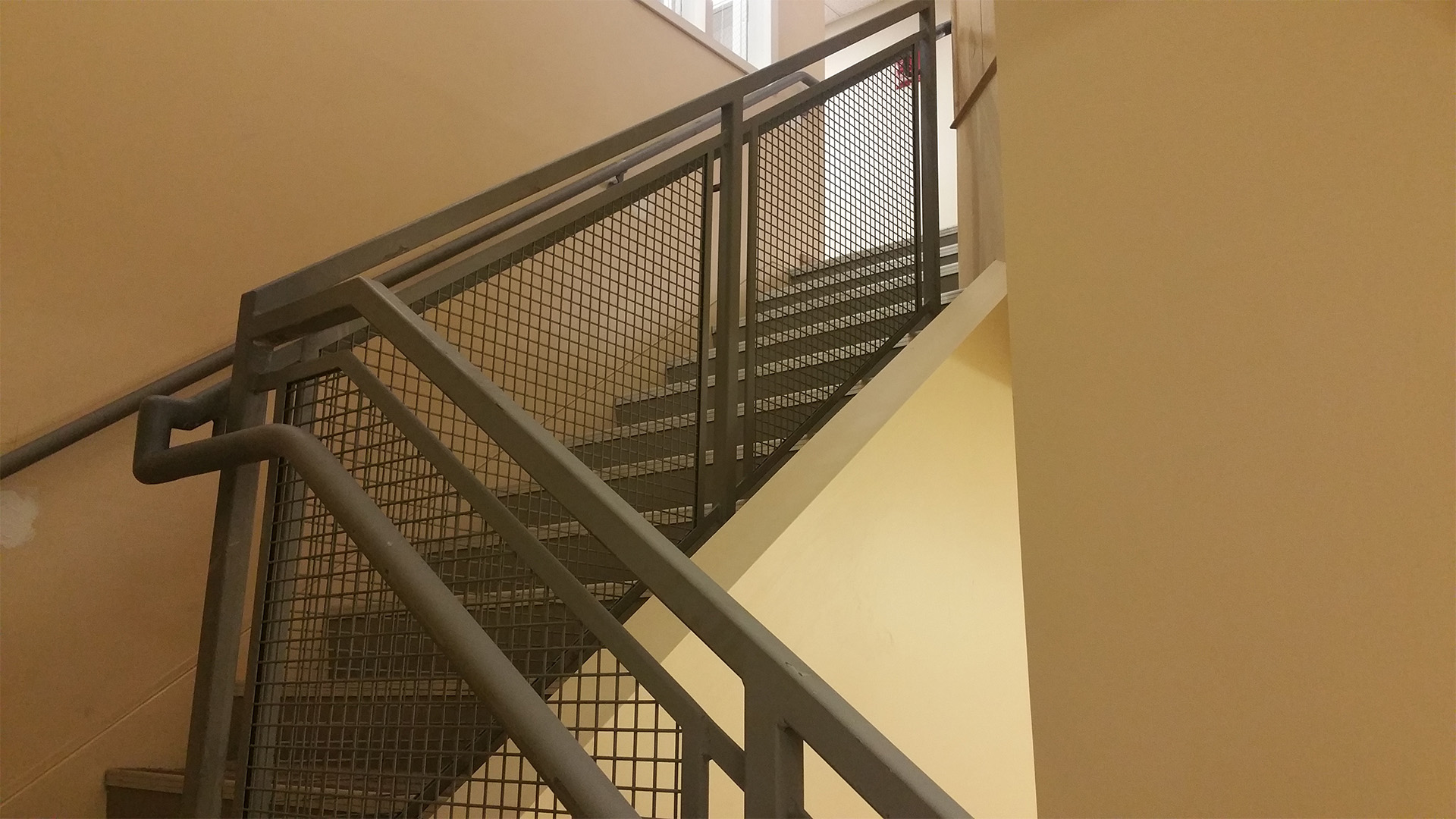Building Codes & Regulations That Metal Stair Fabricator, Team BES, Takes Into Account
 When it comes to constructing metal stairs, ensuring compliance with local building codes and regulations is of utmost importance. As a metal stair fabricator, Team BES is always up-to-date with building codes and regulations to ensure the safety, accessibility, and structural integrity of the construction project. For example, in Massachusetts, specific building codes and regulations govern the design, construction, and installation of metal stairs. This blog will explore what our metal stair fabricator takes into account when customizing metal stairs.
When it comes to constructing metal stairs, ensuring compliance with local building codes and regulations is of utmost importance. As a metal stair fabricator, Team BES is always up-to-date with building codes and regulations to ensure the safety, accessibility, and structural integrity of the construction project. For example, in Massachusetts, specific building codes and regulations govern the design, construction, and installation of metal stairs. This blog will explore what our metal stair fabricator takes into account when customizing metal stairs.
Team BES: A Metal Stair Fabricator Partner Who is On Your Side
As a metal stair fabricator, we guarantee compliance with building codes and regulations. When customizing metal stairs and rails, we look at various factors, including tread and riser size, nosings, handrails, location and height, extensions, hand grip size, surface conditions, clearance, and accessibility. When we customize metal stairs and railings for your construction project, we follow a design-build project delivery system.
Our clients can come to us with undeveloped plans, hand sketches, or no drawings at all, and we can utilize our years of expertise to design structural steel framing and foundations as well as metal panel systems and access through metal stairs and railings. We then provide you with Permit Drawings and CD plans with affidavits. In this process, we control the metal stair fabricator process and installation and give clients peace of mind knowing all of our projects are correct according to building codes and regulations.
8 Things a Metal Stair Fabricator Looks at When It Comes to Building Codes & Regulations
1. Tread and Riser Size
One of the primary aspects regulated by building codes is the size of treads and risers. Building codes usually specify the maximum and minimum dimensions for these elements. A metal stair fabricator must carefully measure and ensure the stair treads and risers comply with the prescribed dimensions to prevent tripping hazards and ensure comfortable usability.
2. Nosings
Nosings are the edge of the treads that overhang the risers. Building codes often require nosings to be of a certain length and shape. The purpose of nosings is to improve visibility and prevent slipping. You must ensure that the nosings are designed and fabricated to meet the specific requirements set by the building codes.
3. A Metal Stair Fabricator Looks at Codes For Metal Rails
Metal rails play a crucial role in providing stability and support for individuals using the stairs. Building codes dictate the height, location, and extensions of metal rails. A metal stair fabricator must carefully design and install metal rails at the appropriate height and ensure they extend sufficiently along the stairs and at landing areas. The handrails should also have a comfortable grip size to accommodate users of different ages and abilities.
4. Location and Height
Building codes specify the placement and height requirements for metal stairs. Fabricators must ensure the stairs are located in suitable areas within the building and meet the specified height restrictions. These guidelines help ensure the stairs are easily accessible, especially during emergencies.
5. Extensions
Metal stair extensions are necessary at the top and bottom of a flight of stairs. These extensions provide a smooth transition onto and off the stairs and prevent accidents. A metal stair fabricator should accurately measure and install the extensions as per the building codes’ stipulations.
6. Surface Conditions
The surface of metal stairs must offer sufficient grip to prevent slipping. Building codes may outline specific requirements regarding the slip resistance of the stair treads. At Team BES, we offer various materials and finishes that provide adequate traction and ensure user safety.
7. Clearance
Clearance refers to the space between different elements of a staircase, such as metal rails, walls, and adjacent structures. Building codes define the minimum clearance required to ensure safe passage on the stairs. Metal stair fabricators need to consider these clearance requirements when designing and installing stairs, ensuring unobstructed movement.
8. A Metal Stair Fabricator Takes Accessibility into Account
Ensuring accessibility is crucial when fabricating metal stairs. Building codes often include guidelines to accommodate individuals with disabilities. Fabricators should follow these guidelines, considering elements such as metal rail height, the width of metal stairs, and the provision of ramps or elevators where necessary.
Work With Expert Metal Stair Fabricator, Team BES
Adhering to building codes and regulations is of paramount importance for a metal stair fabricator. We pay close attention to factors such as tread and riser size, nosings, handrails, location and height, extensions, hand grip size, surface conditions, clearance, and accessibility, to ensure metal stairs meet building codes, regulations, and safety standards. For over Thirty years, the members of Building Envelope Systems have built a solid reputation on service, devotion, loyalty, and hard honest work. We are committed to providing quality service to the construction industry. We believe that a reputation through honest and reliable business is the recipe for success. Ready to get started? Let’s work together: https://www.teambes.com/contact/
